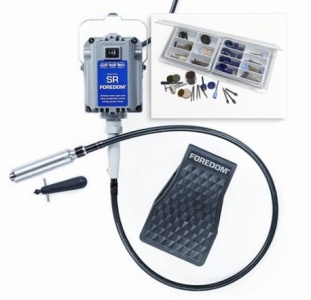These articles are written by a friend of mine for my web-site. I think that this blog is a better place for for them.
Maria Roudakova is a Swiss jeweler working with the finest gems. She shared her professional knowledge in a way that people can understand and use them it even if they knew nothing about the gems before.
Maria Roudakova is a Swiss jeweler working with the finest gems. She shared her professional knowledge in a way that people can understand and use them it even if they knew nothing about the gems before.
How does colour and defects of a stone influence its price?
 There are many classifications of gem stones and minerals, because there too many different opinions on what is what. The definition of a "precious stone" is not objective. It often depends on fashion, demand and portability (note, that demand could depend on anything including the metaphysical qualities of a gem). After reading this article you will be able to get your own opinion on the subject.
There are many classifications of gem stones and minerals, because there too many different opinions on what is what. The definition of a "precious stone" is not objective. It often depends on fashion, demand and portability (note, that demand could depend on anything including the metaphysical qualities of a gem). After reading this article you will be able to get your own opinion on the subject.English mineralogist of the beginning of the 20th century G.Smith stated, that there were 3 the most important qualities of a gem stone: beauty, durability and rarity. Only diamond, ruby, emerald, blue sapphire, pearl, opal and alexandrite could be called precious stones in that case. Some countries classify some other transparent gems that usually have facet cuts as semi-precious as they do not have all 3 qualities at the same time. Other countries use the term "gem" regardless, because stones that have been called "semi- precious" before are sold for more than a fine diamond now.
You probably have your favourite piece of jewellery with a gem. Take a look at it. Let's see together what makes this gem so attractive.
First of all we notice its color. The magic powers were thought to depend on the gems' colors. The color makes a gem attractive, but... is it what we really see? All people have their own color perception. It is not easy to describe the exact tint. The light can change our color perception too.
What time of a day do you wear your gem? Most people prefer wearing them in the evening. Do you know how electric light affects your perception of the gems? Dark red, blue and purple stones loose their beauty. Orange, yellow and yellow-green stones look better. Day light is the best when you need to see the real colors and gem's qualities.
Now, we are moving to the "qualities". Many stones have flaws and defects either natural or manufacturing. Natural flaws are cracks and inclusions that often are other crystals, minerals, gases or liquids.
They do reduce the price of a gem, but do not devalue them. It is extremely difficult to find a coloured precious gem stone with no flaws (if your last name is not Rockefeller ;). The flaws can add an interesting look to a gem and tell of its place of origin. There is a very good chance that a gem with no flaws is an imitation.
Manufacturing flaws are different. It could be wrong proportions of a cut, external fractures, poor polishing. All these flaws devalue the gems. Be picky when you are choosing your gem, do not let the stones that have any of this flaws into your collection.
Maria Roudakova
A jeweller from Switzerland
A jeweller from Switzerland





























